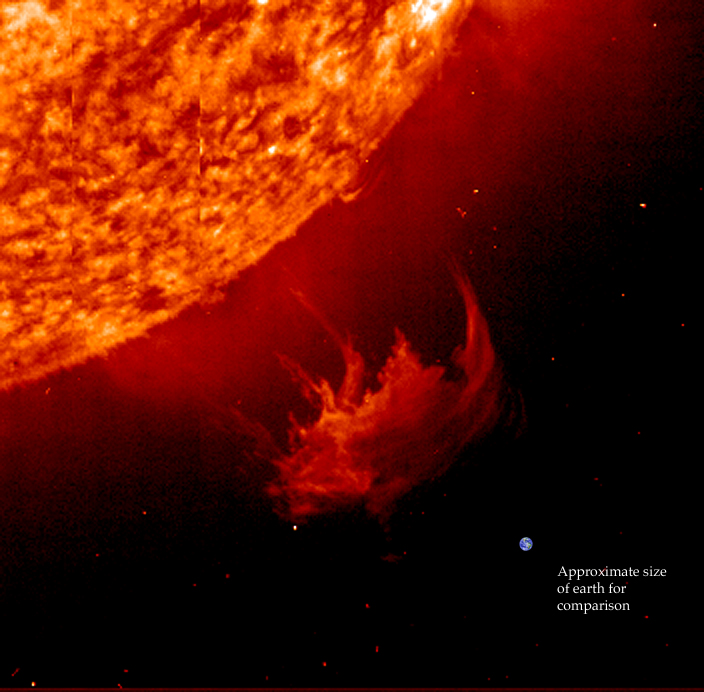 From E! Science News:
From E! Science News:The typical Western diet — fried foods, salty snacks and meat — accounts for about 30 percent of heart attack risk across the world, according to a study of dietary patterns in 52 countries reported in Circulation: Journal of the American Heart Association. Researchers identified three dietary patterns in the world:
* Oriental: higher intake of tofu, soy and other sauces;
* Prudent: higher intake of fruits and vegetables; and
* Western: higher intake of fried foods, salty snacks, eggs and meat.
The Prudent diet was associated with a lower heart attack risk than the Oriental, researchers said.
"The objective of this study was to understand the modifiable risk factors of heart attacks at a global level," said Salim Yusuf, D.Phil., the study's senior author.
Previous studies have reached similar conclusions about the Prudent and Western diet in the United States and Europe. This study broadens those findings and identifies a unique dietary pattern that researchers labeled "Oriental" (because of a higher content of food items typical of an Oriental diet.) The dietary pattern recommended by the American Heart Association is similar to the Prudent diet described in this study.
Read more ....


















